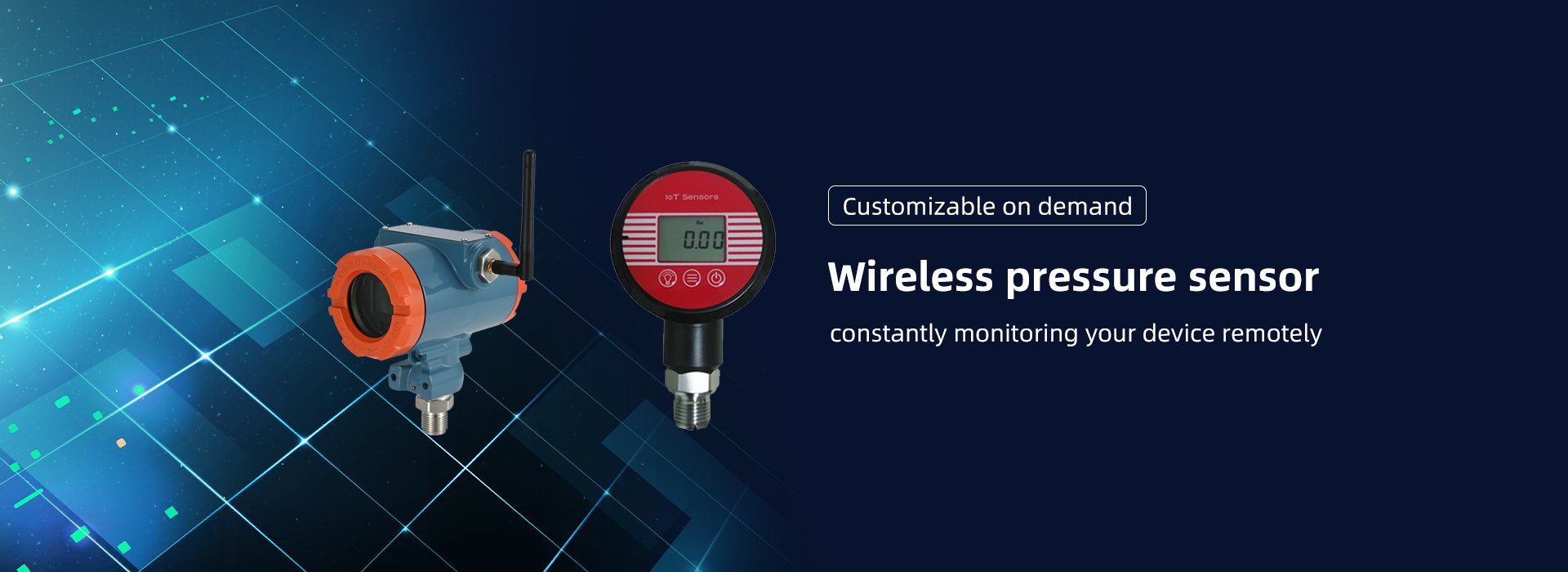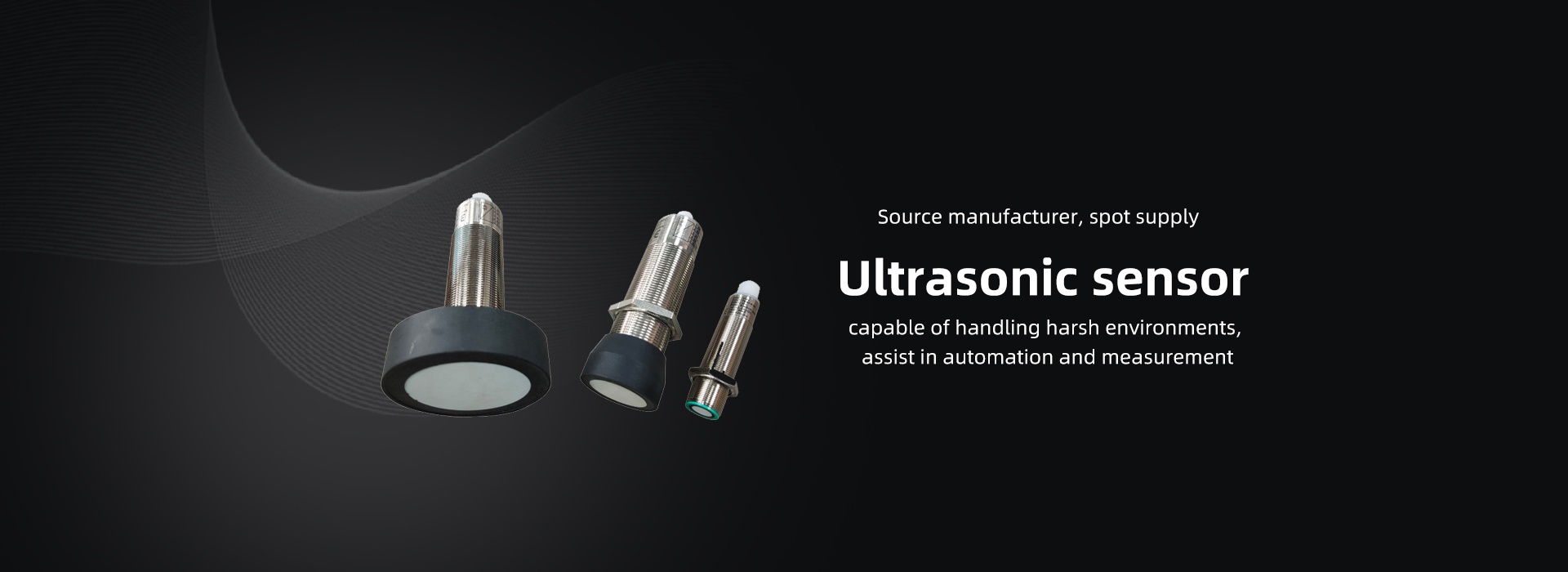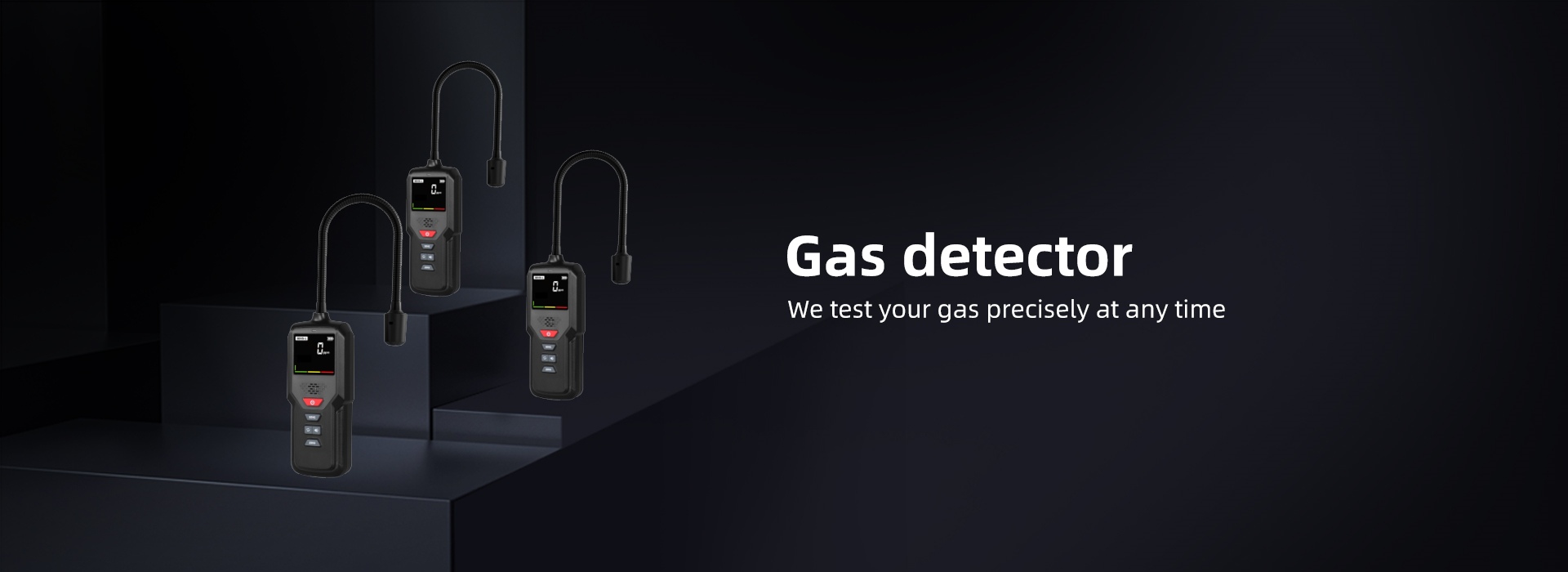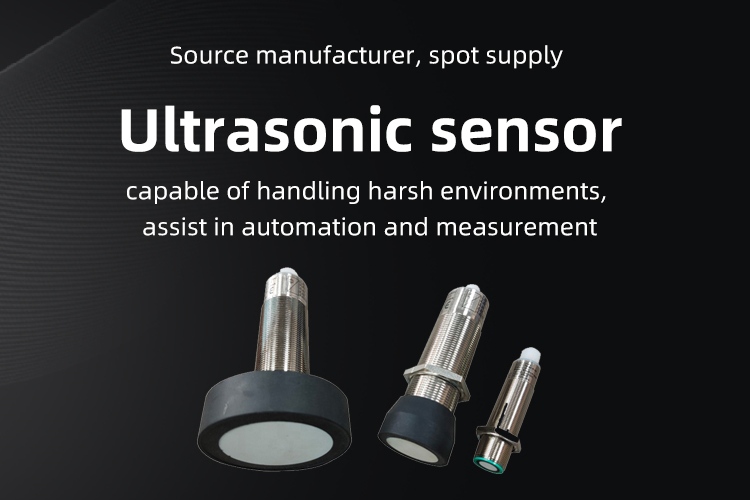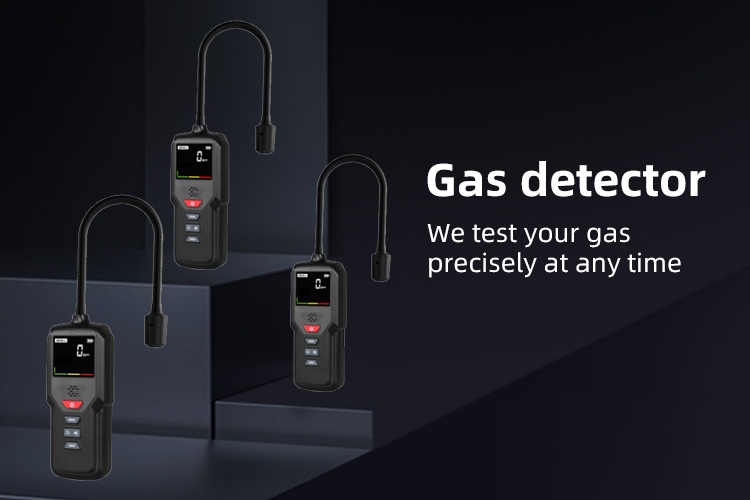
-
Home
- About Us
- Products
- Application scenarios
- Download
- News
the fabrication of the matching layer for 200kHz gas ultrasonic flow sensors (transducers)
2025-10-20Regarding the fabrication of the matching layer for 200kHz gas ultrasonic flow sensors (transducers), the core lies in selecting an appropriate material formulation,
employing precise preparation techniques, and ensuring final performance through rigorous testing. Below, I will provide you with a practical guide based on industry research.
Materials and Formulation of the Matching Layer
The purpose of the matching layer is to enable more efficient transmission of ultrasonic waves from the piezoelectric crystal to the gaseous medium. The table below summarizes
the validated material formulations and key considerations:
Matrix material: Epoxy resin, commonly used as the base material for matching layers, to fix fillers.
Core filler: Hollow glass microspheres (accounting for 30% of the total mass of the matching layer), a key functional filler used to adjust the acoustic impedance of the matching layer,
making it closer to that of a gas. Research indicates that at this ratio, the overall performance of the matching layer is optimal, with an acoustic impedance reaching 2.311 MRayl.
Core filler: Alumina (accounting for 15% of the total mass of the matching layer), an enhanced filler that effectively improves the hardness and ultrasonic signal transmission
capability of the matching layer. At the optimal addition level, surface hardness can be increased by approximately 7%, while the signal amplitude enhancement rate reaches as high as 69.5%.
Thickness Design: Combining theoretical calculations and simulations, the thickness of the matching layer directly affects its acoustic performance. Typically, theoretical calculations are
performed using the transfer matrix method, while finite element analysis software such as ANSYS is employed for modeling and simulation to analyze the impact of thickness on
frequency characteristics, directivity, and sensitivity.
Preparation Process Detailed Explanation
With a good formula, precise craftsmanship is still required to achieve the desired results. Current research indicates that the blade method is superior to the traditional grinding method
as a preparation process.
- Preparation Method: The spatula method. Compared to the grinding method, the spatula method improves the overall signal transmission capability of the matching layer by
-
approximately 10.07%, reducing measurement errors by about 2% under actual working conditions. This approach helps form a more uniform and denser matching layer structure.
2. Key Steps:
Uniform Mixing: Ensure the epoxy resin, hollow glass microspheres, and alumina powder are thoroughly and evenly mixed.
Precision Coating: The mixed material is evenly applied onto the piezoelectric oscillator or mold using a scraper, with precise thickness control.
Curing: Under specific conditions (such as temperature and time), the epoxy resin is cured to form a solid matching layer.
3. Structural Innovation: Consider adopting a multi-layer composite structure. For instance, a first layer composed of porous materials (such as porous ceramics or metals) and
filler materials (like specific epoxy resins), along with a second layer in contact with the gas. This design enables a more effective gradient transition of acoustic impedance while
minimizing interlayer delamination.
Performance Testing and Optimization
After completion, the matching layer and the entire transducer must undergo rigorous testing.
Acoustic Performance Testing:
Acoustic impedance: Ensure its value falls between that of the piezoelectric crystal and the gas medium to achieve good impedance matching.
Signal Amplitude and Frequency Response: Test the impact of the matching layer on the transmission capability of ultrasonic signals to ensure sufficient signal strength and clear
waveform. A pair of transducers (one for transmission and one for reception) are used to test the frequency response curve, enabling analysis of the operating frequency and sensitivity.
Mechanical Performance Testing: Measure the surface hardness and adhesion of the matching layer to ensure its durability.
Actual flow rate testing: Integrate the transducer into the flow sensor, calibrate and test it on a standard flow test device to verify its final measurement accuracy and stability.
Overall, to fabricate a high-performance 200kHz gas flow sensor (transducer) matching layer, you need to keep the following three points in mind:
Materials are the foundation: the "golden formula" of 30% hollow glass microspheres and 15% aluminum oxide combined with epoxy resin.
Technology is key: The doctor-blade method should be prioritized for preparation, as it significantly enhances performance.
Verification is essential: The actual effectiveness of the matching layer must be verified through acoustic testing and flow calibration.
MIC Metering (Shenzhen) Co., Ltd. offers a wide range of high-performance, cost-effective ultrasonic gas flow probes (200KHz/500KHz) and ultrasonic liquid flow probes (1MHz/2MHz/3MHz).
For detailed information, please visit www.micmetering.com or contact us at robert@micmetering.com.
Links:
Service Hotline
+86 13923792185
Website:www.micmetering.com
Address:6th Floor, Block B, Area A, Qinghu Science and Technology Park, Longhua District, Shenzhen, Guangdong Province
Copyright © 2025 MIC Metering (Shenzhen) Limited 粤ICP备2025358196号-1 Cookies Policy-
Service Hotline
Service Hotline
+86 13923792185
-
WeChat

-
TOP
Our Cookie Usage Policy
Our website uses cookies and other similar technologies to distinguish you from other users of our website. This helps us provide you with a good experience when you browse our website and allows us to improve our website. For more information, please refer to our Cookie Policy. - About Us
